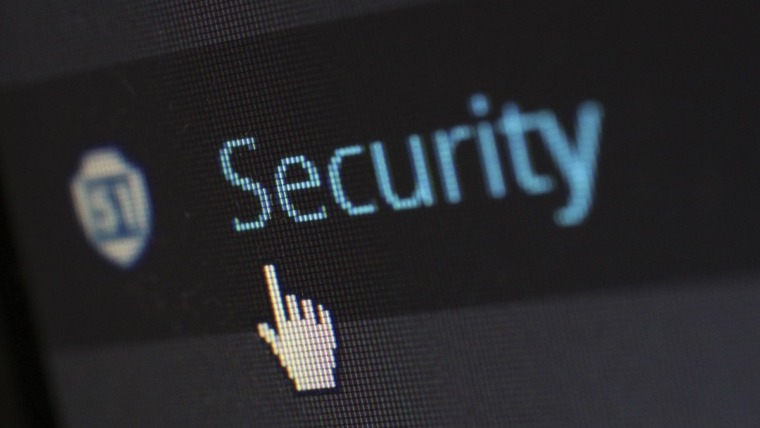
What You Need To Know About
Written by Marguerita Cheng
Bullying was once considered a normal part of growing up. But name-calling and spreading rumours are more than an unpleasant childhood experience. It’s bullying, and no one should have to endure it. Unfortunately, the rise in technology and smartphones have brought it to a whole new level.
According to a Pew Research Center study, 59% of teens have been bullied or harassed online. It’s a growing problem that affects more than the victim. Bullying and cyberbullying can have a lasting influence on our families and the community, too.
What is Bullying?
Bullying has taken many forms over the years. Sometimes it’s dismissed as teasing. Teasing tends to be harmless. It can even help create a bond or form a relationship when done in the right spirit.
Bullying crosses the line into being hurtful or threatening. And it can be physical, verbal, or electronic.
- Physical bullying - This is what most people think of when the topic of bullying comes up. It’s hitting, kicking, or pushing someone. It also can include hazing, harassment, humiliation, and stealing or ruining someone’s things.
- Verbal bullying - The adage “sticks and stones will break my bones but words will never hurt me” simply isn’t true - it’s verbal bullying. It can include name-calling, mocking someone’s words or actions, insults, or other verbal abuse.
- Relationship bullying - Common among middle schoolers and adults alike, relationship bullying is when someone refuses to talk to you, coerces you into doing something you don’t want to, excludes you from groups or activities, or spreads lies or rumors behind your back.
- Cyberbullying - Using technology such as smartphones, computers, laptops, tablets, or other electronic communication to bully someone is cyberbullying. It can be verbal such as through a phone call, message recording, or video program, or written in an email, text message, or using social media.
State & Local Anti-Bullying Laws
Law enforcement recognizes the devastating impact bullying has on the community, especially in the school system. No federal law exists that specifically applies to bullying. But each state in the U.S. has some form of anti-bullying law or regulation. Some identify harassment as a lesser offence than bullying, and others use the terms synonymously.
State law and school policies are clear on paper but difficult to apply in real life. It isn’t always easy for schools to know what counts as bullying. For instance, what if there’s no formal complaint? Or if a teacher sees students poking fun at another child but dismisses it as playful banter, does that count as bullying?
Bullying & Suicide
When you’re bullied, it affects more than your self-esteem. It’s often cited as leading to suicide among young people. Experts aren’t so sure that bullying has a direct effect on suicide, according to StopBullying.gov, the official U.S. government’s anti-bullying website.
Whether you’re the victim, the one doing the bullying, or a witness, it can have lasting effects such as:
- Feeling hurt, helpless, ashamed, angry, and guilty.
- Being more likely to experience depression, anxiety, or adult onset PTSD.
- Having a lower GPA or standardized test scores.
- A tendency to abuse alcohol, tobacco, and other drugs.
- Missing, skipping, or dropping out of school.
- A criminal record.
- More likely to be abusive in romantic relationships as an adult.
What You Can Do About Bullying
There’s no simple solution to stop bullying from happening. It’s important to know it isn’t your fault. No matter what a bully says or does, don’t blame yourself. Instead, find support from trusted people who love and appreciate you for who you are.
Parents, educators, community members, teens, and kids can all play a part. Here’s what you can do.
Don’t Respond
If you’re a victim, don’t reply or retaliate to what’s being said. It can make the situation worse by provoking the bully. Depending on your words or actions, you might get into trouble, too.
Screenshot, Block, & Report
Catching evidence of cyberbullying is sometimes possible by taking a screenshot of the bullying behaviour. Most online social platforms allow you to block and report bullying, and that’s a good step to help document it.
Talk About It
Being a victim of bullying might feel humiliating. Still, it’s important to talk about it. There’s no need to face the bully alone when you can seek support from others. Also, asking for help serves as another source of documentation for the behaviour, and that can play a pivotal role to put a stop to the bullying.
Teach Respect At Home
Parents should model respectful behaviour for their children. Teaching the importance of respect for other people regardless of age, appearance, social or income status, or other features can help to prevent bullying.
Recognize Warning Signs
You should always address behavioural or emotional changes you notice in your child or other children. Cyberbullying is increasingly common and can involve countless witnesses. Talk to your kids to see if they’re a victim, are bullying others, or might have seen someone else get bullied.
Know What Bullying Is & What It Isn’t
Teachers and educators are responsible for contributing to a supportive and safe school environment. Know what the state law and school policy say about bullying and harassment, and learn to recognize the warning signs of bullying behaviour.
Put An End to Bullying & Cyberbullying
Bullying isn’t new. It has seen many changes in recent years as people are publicly sharing more details of their lives online than ever before. Increasing awareness and keeping an open line of communication between you, your kids, and others in the community are essential. If everyone knows what bullying looks like and can pick up on the warning signs, together, we can work to prevent it from spreading.
What You Need To Know About What You Need To Know About What You Need To Know About What You Need To Know About What You Need To Know About



